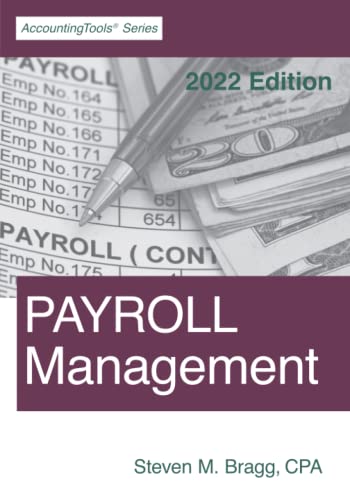What Strategies Can Help Mitigate the Risks of Low Doc Home Loans
When it comes to financing a home, low doc home loans are an attractive option for many self-employed individuals or those with non-traditional income sources. These loans require less documentation than standard loans, which can be beneficial, but they also come with inherent risks. Understanding and implementing strategies to mitigate these risks is crucial for anyone considering this type of financing. In this article, we will explore effective methods to navigate the landscape of low document home loans and enhance your chances of approval.
Improve Your Credit Score
One of the most vital steps in securing low doc home loans is to maintain a robust credit score. A higher credit score not only enhances your chances of getting approved but also aids in negotiating better loan terms. To improve your credit score, start by ensuring that you pay your bills on time. Late payments can significantly impact your score, so set reminders or automate payments if necessary. Additionally, work on reducing existing debts and avoid making multiple credit applications within a short period, as too many inquiries can negatively affect your credit profile. Regularly reviewing your credit report for inaccuracies can also help you identify areas for improvement.
Offer a Larger Deposit
Another strategic approach to mitigating the risks associated with low doc home loans is to offer a larger deposit. Lenders often impose a lower Loan-to-Value Ratio (LVR) on low doc loans, which means they are more cautious about the amount they lend compared to the property’s value. By providing a substantial down payment, you demonstrate financial commitment and stability, thereby reducing the lender’s risk. While some lenders may require a smaller deposit, contributing more upfront can signal to lenders that you are a responsible borrower and may even result in more favorable loan conditions.
Thorough Documentation Matters
Despite the name “low doc” loans, presenting thorough and accurate documentation remains critical. While these loans require less paperwork than traditional loans, ensuring that what you do provide is meticulously prepared can make a significant difference. Gather all relevant financial documents, such as bank statements, tax returns, and proof of income, ahead of time. Ensure that everything is up-to-date and accurately reflects your current financial situation. Providing only the requested documents without extraneous information helps keep the process streamlined and showcases your ability to organize and present critical data clearly.
Seek Professional Guidance for Low Doc Home Loans
Navigating the complexities of low document home loans can be daunting, especially for first-time borrowers. Engaging a mortgage broker who specializes in low doc financing is a wise strategy. These professionals have a deep understanding of the market and can guide you through the application process, helping you avoid common pitfalls. They can assist in finding lenders that cater specifically to low doc loans, ensuring that your unique circumstances are considered. A knowledgeable broker can help you compare offers and negotiate terms, ultimately making the borrowing process smoother and less stressful.
Understand Interest Rates and Fees
Low doc home loans often come with higher interest rates and fees due to the perceived risks involved. Therefore, it’s essential to thoroughly research and understand these financial implications. Start by comparing rates from various lenders to find the most competitive offer. Some lenders may provide rates comparable to those for traditional loans, so don’t hesitate to shop around. Additionally, clarify any fees associated with the loan, such as application fees or ongoing costs, to ensure you are fully aware of your financial commitments. Understanding these factors allows you to make informed decisions and choose the best option for your financial situation.
Conclusion: Taking Control of Low Doc Home Loans
In conclusion, while low document home loans offer valuable opportunities for many, they also present specific risks that necessitate careful consideration and planning. By improving your credit score, offering a larger deposit, providing thorough documentation, seeking professional guidance, and understanding interest rates and fees, you can significantly mitigate these risks. If approached thoughtfully, low doc home loans can be a practical solution for financing your dream home while navigating the complexities of your unique financial landscape. With the right strategies in place, you can confidently embark on your homeownership journey.



